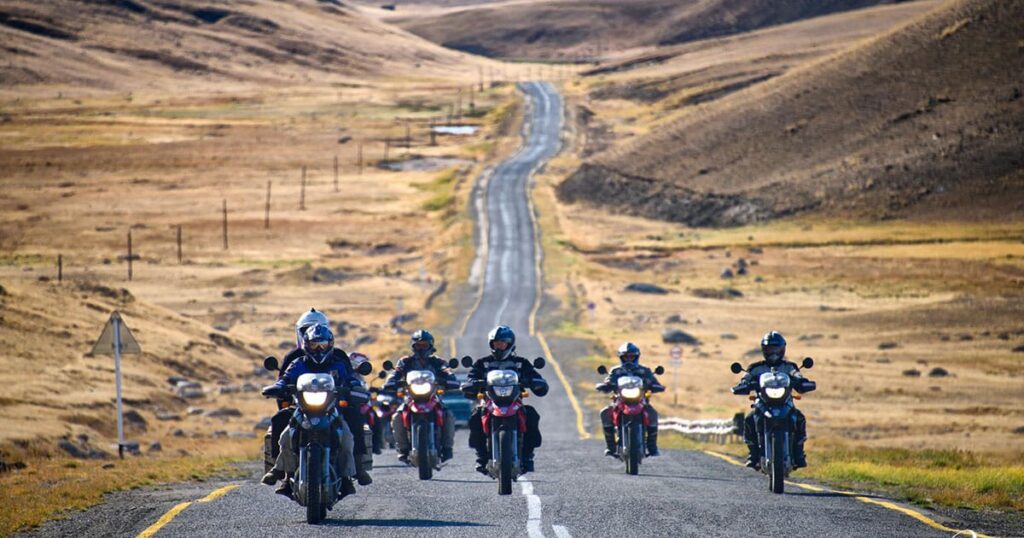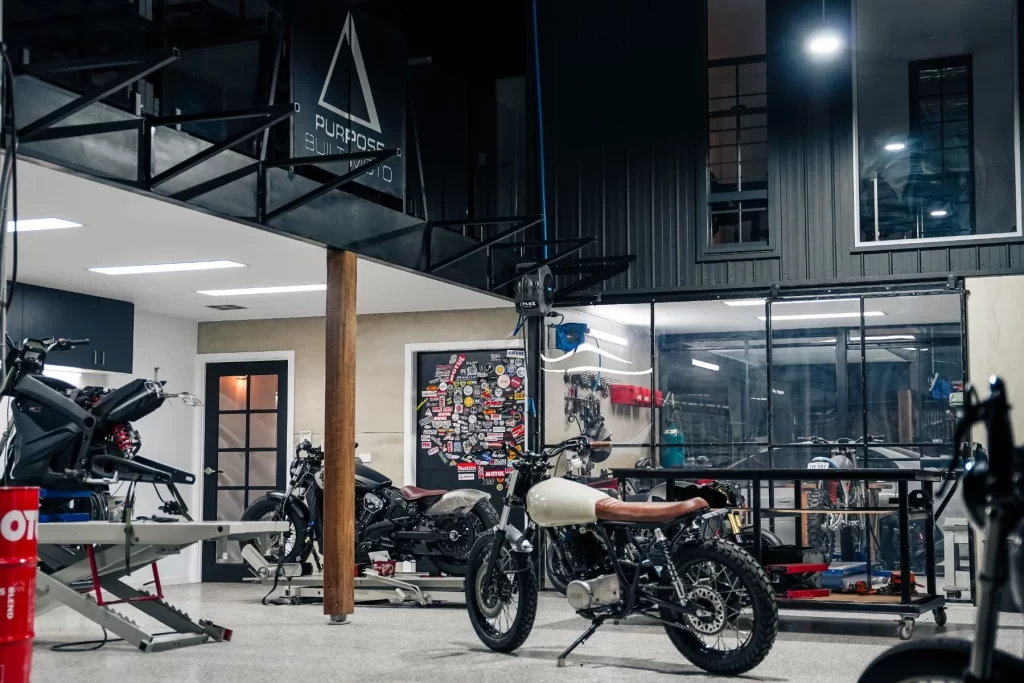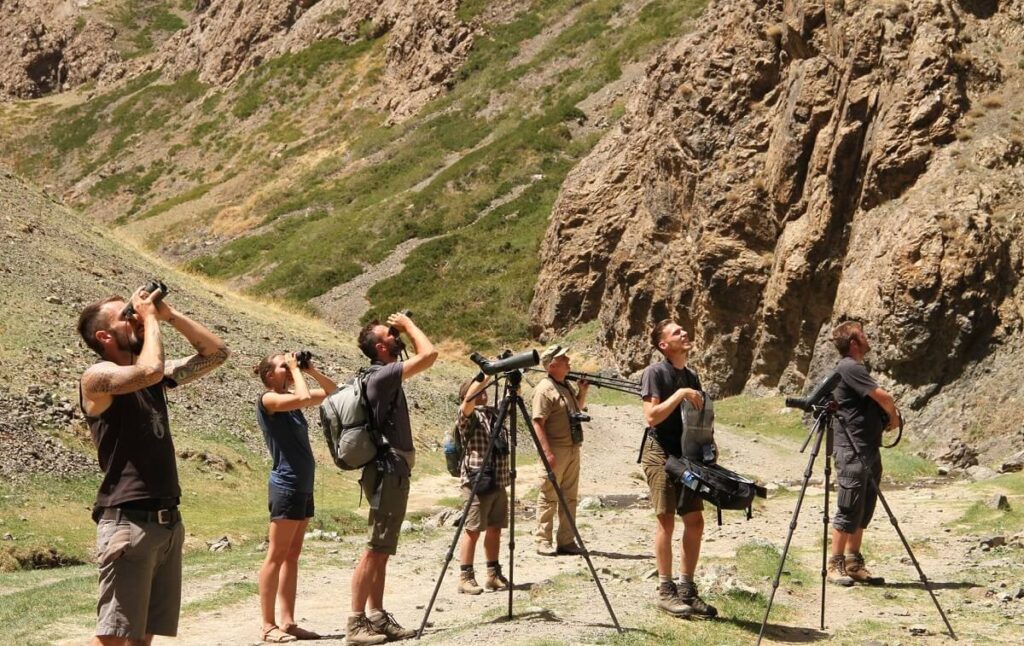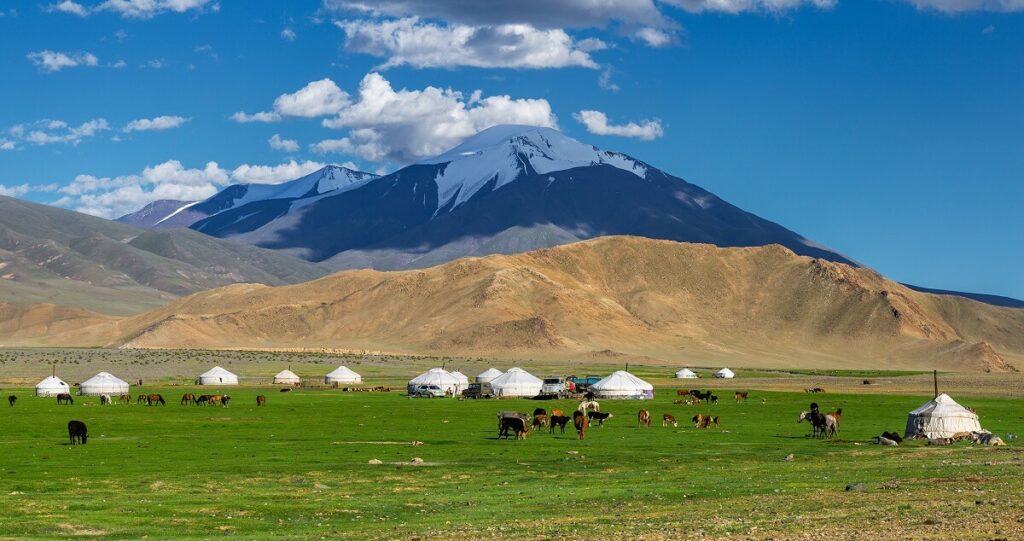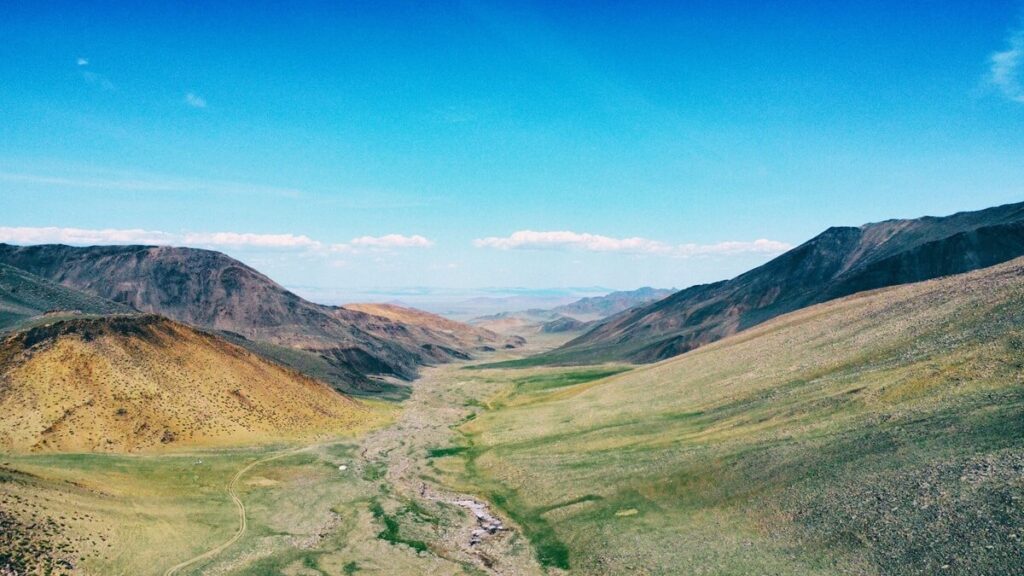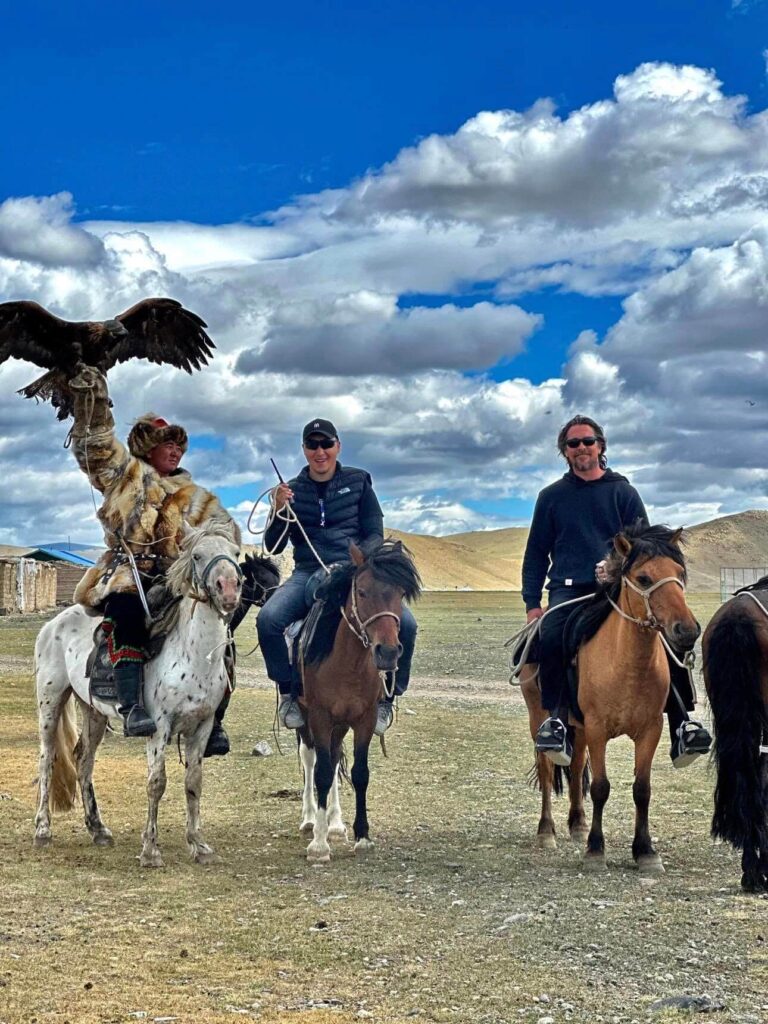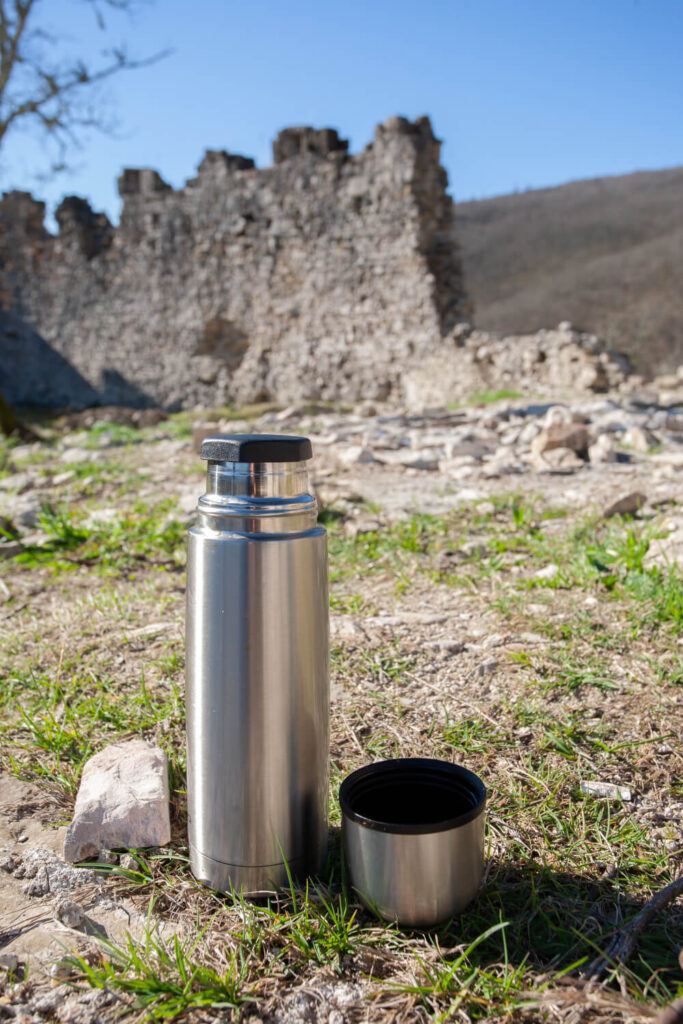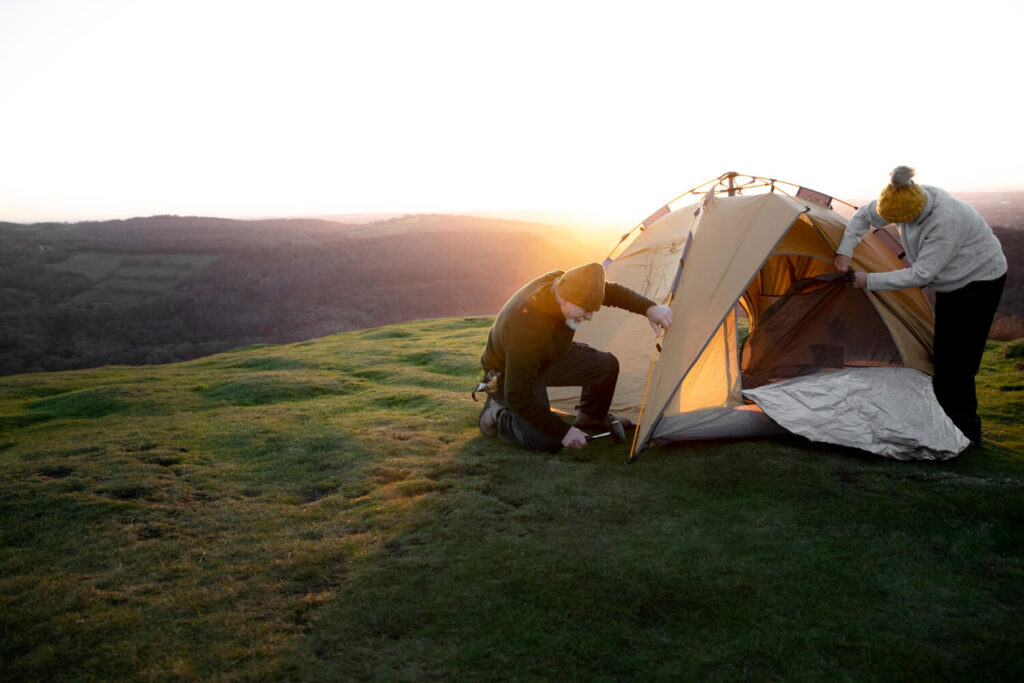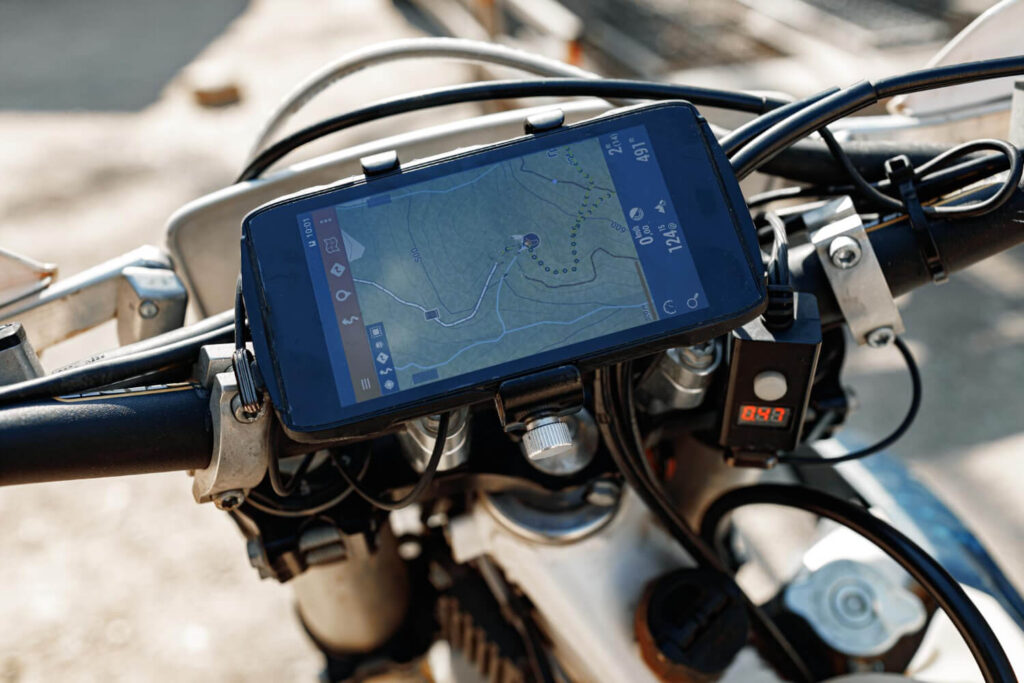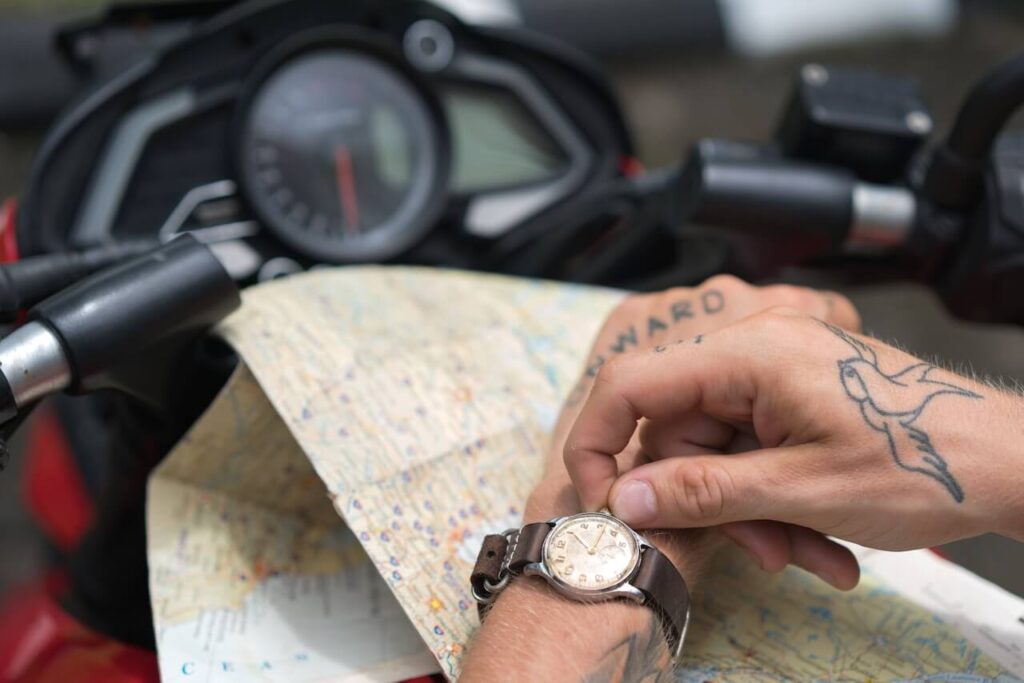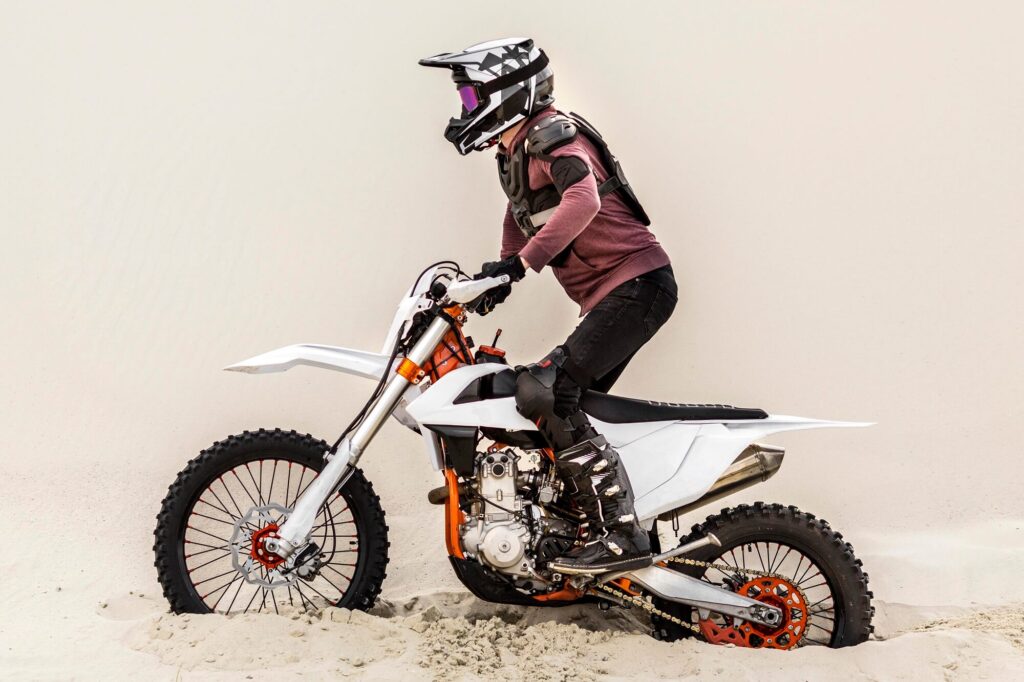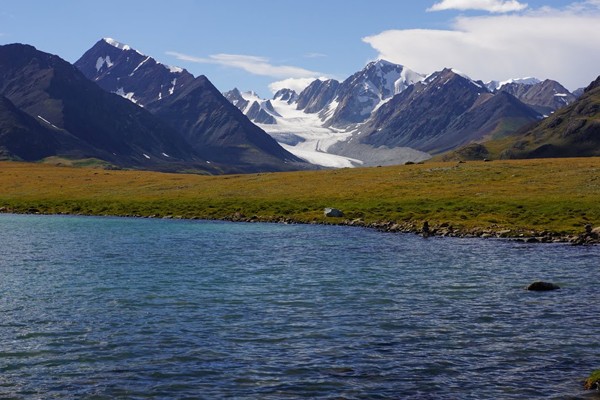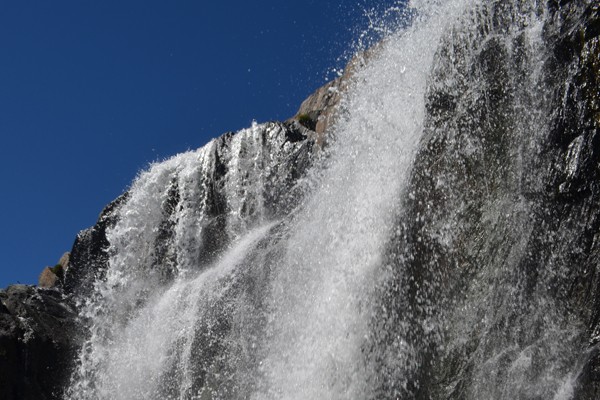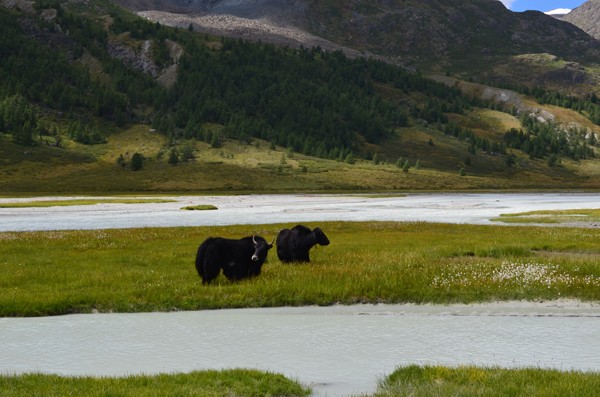There’s something magical about traveling on a motorcycle. The wind in your face, the roar of the engine, and the freedom of the open road all combine to create an unforgettable experience. Whether you’re a seasoned rider or a newbie, hitting the road on two wheels is an adventure that you won’t soon forget.
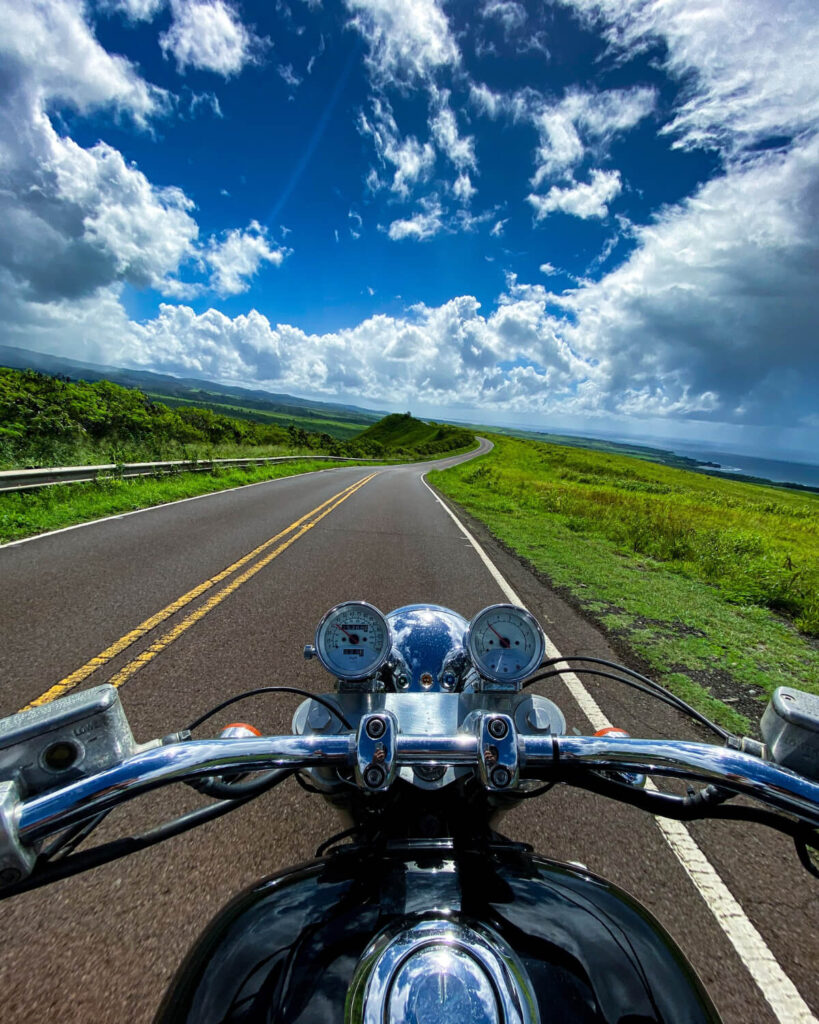
But planning a successful motorcycle trip takes some preparation and knowledge. In this guide, we’ll cover everything you need to know to plan the ultimate motorcycle road trip.
1. Choose Your Destination
The first step in planning any road trip is deciding where you want to go. There are plenty of great destinations for motorcycle travel, from winding mountain roads to scenic coastal routes. When it comes to choosing a destination for a motorcycle road trip, Mongolia is an adventurous and unforgettable option.

Mongolia is an exceptional destination for motorcycling enthusiasts, providing vast expanses of natural beauty, diverse landscapes, and a vibrant culture that immerses visitors in a unique and unforgettable experience.
The rugged terrain of Mongolia presents exciting opportunities for off-road adventures, with breathtaking vistas that encompass everything from gently rolling hills to craggy mountain peaks. Whether you’re up for a challenging ride through the vast expanse of the Gobi desert or a leisurely exploration of the verdant Mongolian Steppe, there’s plenty to discover and enjoy on a motorcycle trip in this fascinating country.
2. Plan Your Route & Pack for all-weather travel
After selecting your destination, it’s essential to plan your motorcycle route carefully. Spend some time researching the roads and highways in the area, looking for routes that provide scenic views and interesting stops en route. Consider your daily riding limits and how far you want to travel each day. Having a backup plan in case of bad weather or road closures is also a wise precaution.
When planning your route, remember that riding a motorcycle can be physically taxing, so it’s crucial to factor in regular breaks and adequate rest periods. Taking a break for a few days in one spot can also provide an opportunity to explore the area and recover from the journey.
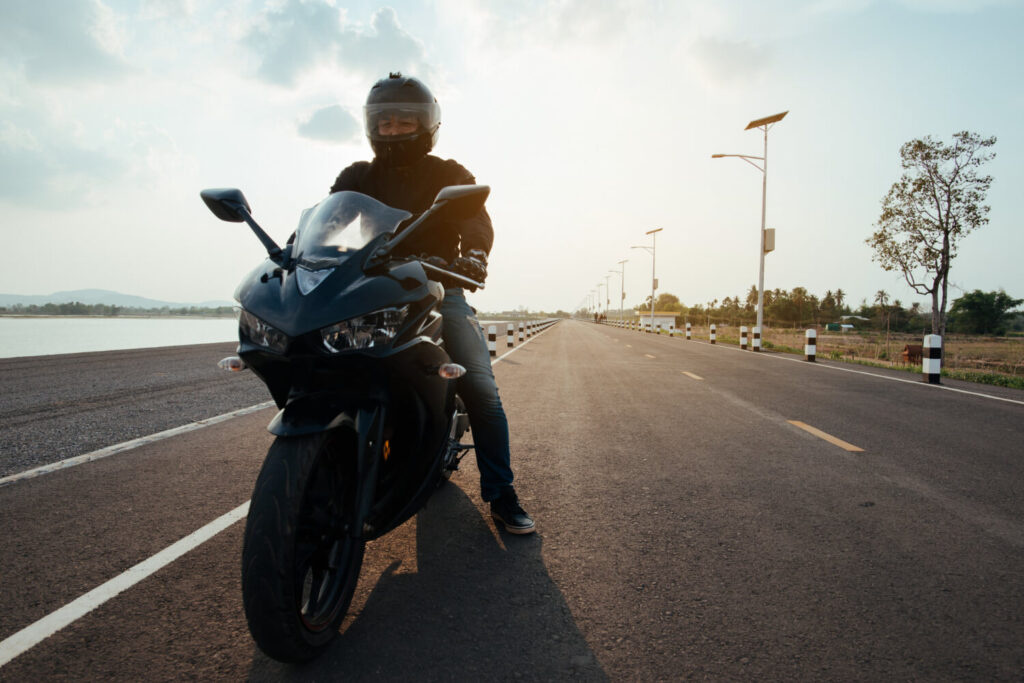
Once you’ve planned your route, it’s time to start packing. When it comes to motorcycle travel, packing for all-weather travel is essential. You never know when you’ll encounter rain, wind, or other weather conditions, so it’s important to pack clothing and gear that can keep you comfortable and safe no matter what.
Start with the basics: a sturdy helmet, gloves, and a jacket. Look for gear that is designed for all-weather use, with features like waterproof materials and insulation for colder temperatures. Consider packing extra layers, like a fleece or lightweight jacket, that can be easily added or removed as needed.
3. Prepare Your Bike
Choosing the right motorcycle for your road trip is crucial to your overall experience on the road. With so many different types of motorcycles to choose from, it’s important to consider a variety of factors to find the one that’s best suited for your needs.
First and foremost, you’ll need to consider the type of riding you’ll be doing on your trip. Are you planning to stick to smooth, paved roads, or do you want to tackle rough off-road terrain? Different motorcycles are designed for different types of riding, so it’s important to choose one that can handle the type of riding you’ll be doing.
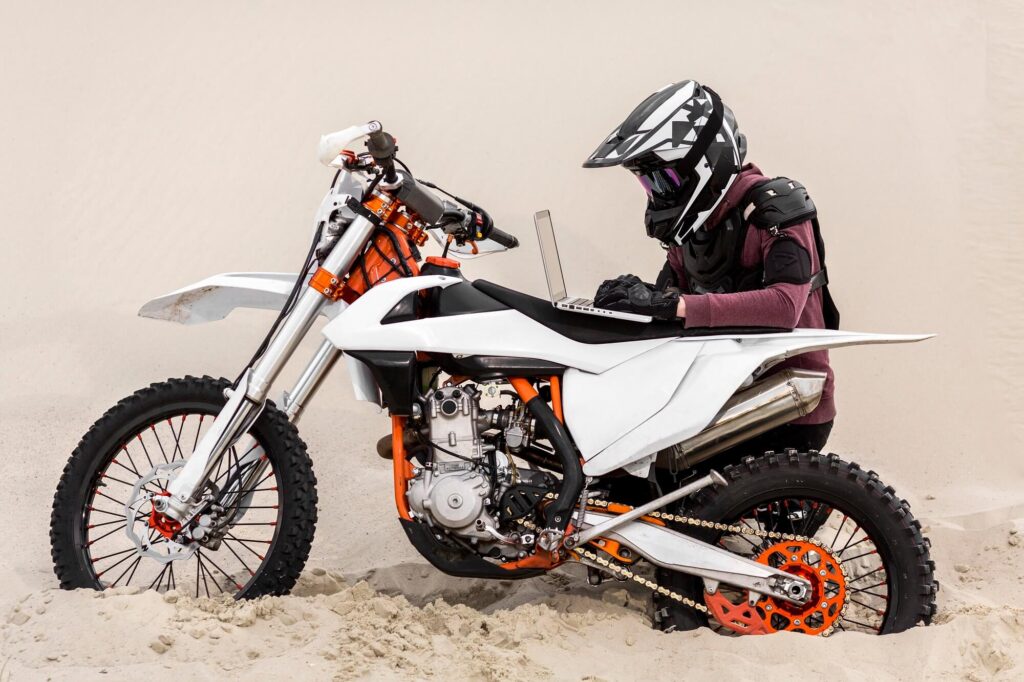
Another important factor to consider is your own experience and skill level. If you’re a beginner rider, you may want to choose a motorcycle that’s easier to handle and more forgiving of mistakes. On the other hand, if you’re an experienced rider looking for a challenge, you may want to choose a more powerful or specialized motorcycle.
Comfort is also an important consideration when choosing a motorcycle for a road trip. Look for a bike that offers a comfortable riding position and features like adjustable seats and handlebars. You’ll also want to consider features like wind protection and suspension, which can help make your ride smoother and more enjoyable.
Finally, it’s important to consider the practical aspects of choosing a motorcycle for a road trip. Look for a bike with ample storage space, either in the form of built-in saddlebags or the ability to add aftermarket storage options. You’ll also want to consider factors like fuel efficiency and reliability, which can help ensure that your trip goes smoothly.
4. Be Prepared for Emergencies & Bring the Necessary tools
Going on a motorcycle road trip? Be ready for emergencies. Flat tires, mechanical breakdowns, and accidents can happen. So bring the tools and equipment you need.
Pack a basic tool kit with screwdrivers, pliers, wrenches, and sockets. These can fix minor issues like loose bolts or electrical problems. Bring a tire repair kit and small air compressor too, in case of a flat.
Also, carry a basic first aid kit and any necessary medications. And make sure you have a way to communicate in an emergency. A cell phone or two-way radio can do the job. Being prepared can help you handle unexpected situations with ease. Don’t forget the essentials!
5. Stay Safe & Connect With Local People
When traveling on a motorcycle, safety should always be a top priority. It’s important to wear proper safety gear, including a helmet, gloves, and protective clothing, and to follow all traffic laws and regulations.
In addition to staying safe on the road, connecting with local people can add a unique and rewarding element to your motorcycle travel experience. Take the time to talk to locals and learn about their culture and way of life. This can help you gain a deeper appreciation for the places you visit and make lasting connections with people from around the world.
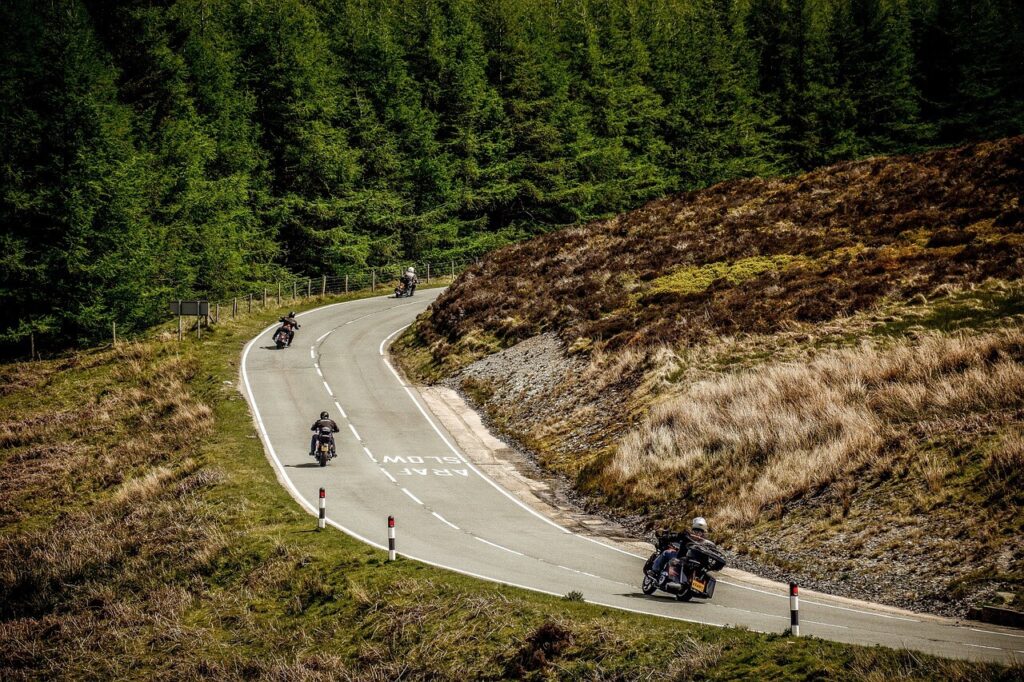
To connect with locals, consider staying in small bed and breakfasts or guesthouses instead of large chain hotels. Attend local events and festivals, and visit local markets and restaurants to try authentic cuisine. You can also join organized motorcycle tours or meet up with local motorcycle clubs to connect with like-minded individuals.
When interacting with locals, be respectful and open-minded. Learning a few words in the local language can also help break the ice and show that you’re interested in the culture.
6. Enjoy the Ride
Above all, remember to enjoy the ride. Motorcycle travel is all about the journey, not just the destination. Take the time to appreciate the scenery, the sounds, and the sensations of the road. Embrace the sense of freedom and adventure that comes with hitting the open road on two wheels.
Frequently Asked Questions
How long can a motorcycle travel?
The distance a motorcycle can travel largely depends on its fuel capacity and the efficiency of its engine. On average, most motorcycles can travel between 200 and 300 miles on a single tank of gas. However, this can vary depending on factors such as speed, terrain, and weather conditions. It’s important to plan ahead and research fuel stops along your route to ensure that you can refuel when necessary.
Which motorcycle is best for road trips?
The best motorcycle for road trips depends on individual preferences and needs. Generally, touring bikes and adventure bikes are popular choices for long-distance travel due to their comfortable seating positions and luggage capacity. Sports bikes and cruisers can also be suitable for shorter trips, but may not provide the same level of comfort and storage space as touring or adventure bikes.
Is it safer to fly or ride motorcycle?
Both flying and riding a motorcycle have their own risks and safety concerns. While flying is generally considered safer due to the strict safety regulations and procedures in place, riding a motorcycle can also be safe if proper precautions are taken. Wearing proper safety gear and following traffic laws can help mitigate the risks of motorcycle travel.
Is motorcycle easy to ride?
Riding a motorcycle can take some practice and skill, but it is generally easy to learn with proper training and instruction. Most people are able to get the hang of riding a motorcycle within a few days of practice. However, it’s important to take the time to learn proper riding techniques and safety procedures to ensure a safe and enjoyable ride.
How do you stay comfortable on a long motorcycle ride?
In order to ensure comfort during a long motorcycle ride, it is crucial to consider factors such as your body type, riding style, and the weather conditions. Wearing appropriate gear that provides ample protection from the elements, as well as taking frequent breaks to stretch, hydrate, and fuel up can also contribute to a more comfortable ride.
Some modifications that can make a significant difference include adding a windshield or fairing to deflect the wind, installing highway pegs to allow for stretching out the legs, and upgrading the seat for a more comfortable ride. By taking these measures, you can make your motorcycle trip more enjoyable and avoid discomfort or fatigue.

